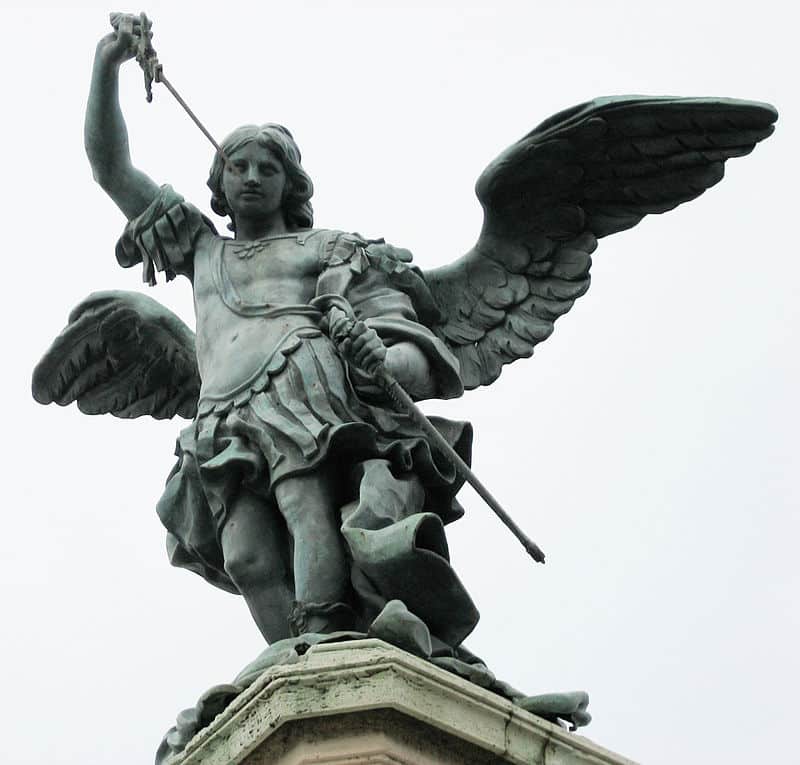Why is called Castel Sant’Angelo
The statue that peeps out of Castel Sant’Angelo, one of the best known Roman monuments, has an interesting and very troubled history. In fact, initially it was made of wood and in a short time it was ruined. From there various replacements, up to the current statue. This is what happened and this is why Castel Sant’Angelo is so called.

Castel Sant’Angelo, also known as Hadrian’s Mausoleum, is a monument of Rome, located on the right bank of the Tiber, a short distance from the Vatican, between the Borgo and Prati districts; it is connected to the Vatican State through the fortified corridor of the “passetto”. The castle has been radically modified several times in the Middle Ages and the Renaissance.
It all began in 135 AD. when the emperor Hadrian asked the architect Demetriano to build a funeral mausoleum for himself and his family, inspired by the model of the mausoleum of Augustus, but with gigantic dimensions. The works lasted several years and were completed by Antonino Pio in 139.

The Mausoleum housed the remains of Emperor Hadrian and his wife Vibia Sabina, Emperor Antoninus Pius, his wife Faustina elder and three of their children, Lucio Elio Cesare, Commodus, Emperor Marcus Aurelius and others three of his sons, the emperor Septimius Severus, his wife Giulia Domna and their sons and emperors Geta and Caracalla.
The mausoleum partially lost its function when it was connected to the Aurelian Walls, becoming part of the city’s defensive system. Castel Sant’Angelo has come to us through many transformations and vicissitudes: it was in fact also a refuge and seat of the popes, seat of the treasury, court and prison, barracks and then a museum and above all it resisted the Sack of Rome of the Lanzichenecchi.
To commemorate the event that gave the structure its current name, the statue of an angel crowns the building. Originally it was a wooden statue which ended up destroyed as mentioned; the second angel, made of marble, was destroyed in 1379 in a siege and replaced in 1453 by a marble angel with bronze wings.
This angel was destroyed in 1497 by lightning that detonated a powder keg in the castle and was replaced with one of gilded bronze which, however, was cast in 1527 to make cannons. Finally it was the turn of a marble statue with bronze wings by Raffaello da Montelupo dating back to the sixteenth century and currently visible in the Cortile dell’Angelo and then, in 1753, the current bronze angel by Peter Anton von Verschaffelt arrived, subjected a restoration between 1983 and 1986. And that still resists.
Even today in the Capitoline Museum there is a circular stone with footprints that according to tradition are those left by the Archangel when he stopped to announce the end of the plague.
